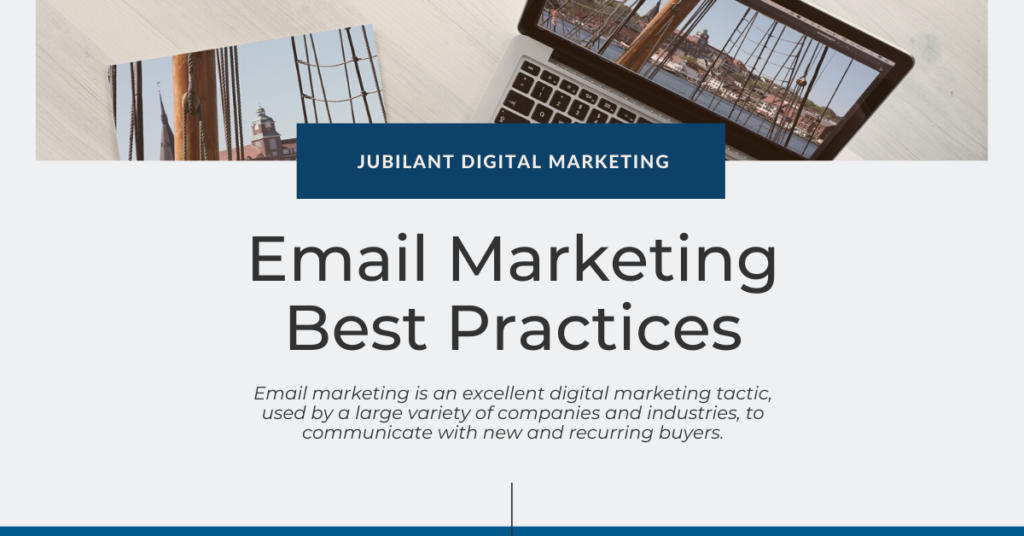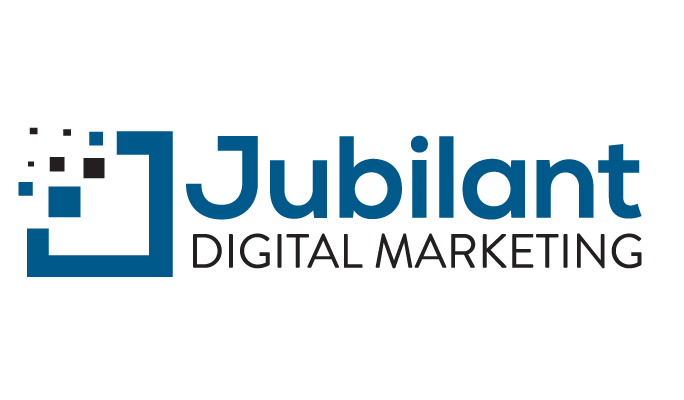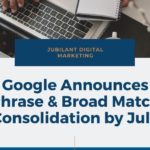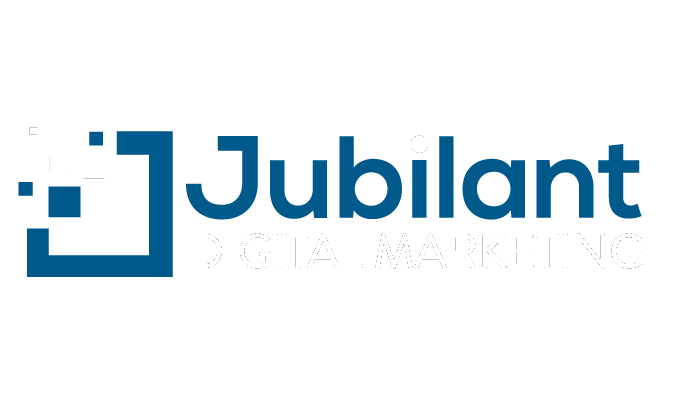 Email Marketing Best Practices
Email Marketing Best Practices
Email marketing is an excellent digital marketing tactic, used by a large variety of companies and industries, to communicate with new and recurring buyers. Email marketing allows a brand to build its voice and communicate with its audience. Digital marketing agencies that know their audience and follow general best practices can have great success on behalf of their clients through email marketing.
Create personal content
Readers like to be able to relate, and usually, the more personal the content is, the better. Writing to a specific audience helps ensure the content stays personal and increases chances for readers to relate. Segmenting email lists into specific audiences is one way to keep the copy specific.
Customize the greeting
Immediately catch the eye of a reader by using their first name. Various email marketing tools can be used to make this possible and save time by customizing each greeting automatically. Using a reader’s first name is much more intriguing than a generic greeting such as “valued member.”
Double-check
Although it may be intuitive to check the final draft of an e-blast, there are certain aspects that can easily be overlooked. One of the best ways to do so is by previewing the email and sending yourself a copy. For example, the email may need further edits once it’s reviewed on a mobile device as opposed to a desktop computer. It’s also a good idea to check that all of the links are working. Links that are relevant and take the audience to the appropriate landing page are necessary in order to keep the attention of the audience.
Maintain a healthy mailing list
A healthy mailing list has engaged recipients and is critical to the continued success of email marketing. Keeping a mailing list healthy means that fewer sent emails end up in spam folders or at nonexistent email addresses, which negatively impacts the sender reputation. In fact, a healthy mailing list is so important that some major programs such as MailChimp and SharpSpring require it to send out emails. The health of a mailing list is often calculated by the engagement scores of the recipients. For example, if a recipient receives five emails from you and does not open any of them, their engagement score is a 10, according to SharpSpring. Engagements scores are categorized as engaged, low engagement and unengaged.
One way to ensure your audience is engaged and interested is by utilizing double opt-in methods. A double opt-in method requires people to confirm signing up for your email before they are actually added to your mailing list as a subscribed contact. By using a double opt-in method you confirm with the recipient that they do want to receive your emails.
A clean email marketing list starts with providing an unsubscribe link which is required in order to be in compliance with anti-spam laws. Even though it can be tempting to send emails to as many people as possible, it’s actually advisable to take those that never opt out but also never open the emails off of the email list. By keeping people who are not engaged on the email list it substantially lowers the open rate and can make a campaign look worse because “you’re not analyzing the campaign’s quality against your most loyal recipients,” according to HubSpot.
Keep it consistent
Consistency builds trust and allows readers to know what to expect when they receive the e-blast. Maintaining a similar design and format helps to keep an element of predictability for readers. Successful email marketing campaigns thrive off of consistency.
Include a call to action
Implementing a call to action lets readers know what they should do with the information and gives a purpose for continuing to interact with a business’s content in different forms. Shifting the audiences’ attention from the e-blast to other platforms can promote additional channels of communication. For example, an e-blast can be used to direct customers’ attention to social media platforms to bring more awareness to a social media campaign.
Optimize the design
As a rule of thumb, an email should be 500 to 600 pixels wide for optimum accessibility. It’s important to design the template with both desktop and mobile users in mind and use less than three typefaces as to not clutter the email.
A/B Test
A/B testing can be conducted to decide between two subject lines. When conducting A/B testing, change no more than one variable to effectively use this research method. The two tests should also be sent to a small test group that’s representative of the larger target audience. A/B testing lets digital marketers and businesses get to know what their audience likes and dislikes. For example, A/B testing a subject line can be done by tracking the open rate to give an idea of which version will likely perform better with the target audience.
Incentivize the audience and prioritize the subject line
Using incentives within the subject line often increases the open rate by as much as 50 percent, according to HubSpot. Although do not overwhelm the audience with offers, after all, one of the larger goals of the e-blast is to build trust in the brand or company and to keep an open line of communication.
Subject lines should be enticing, straightforward and concise. 47 percent of audiences decide if they will open the email based solely on the subject line and 69 percent of readers will mark emails as spam based on the subject line as well. Some of the best subject lines bring up elements of self-interest, curiosity, humanity, news or stories. The subject line is one of the first impressions your email will make – use it honestly and to your advantage.
Track the open rate
Tracking the e-blast open rate lets digital marketers and business owners know what kind of content works best for their audience. They can then continue to create content similar to what’s proven to work over and is more likely to resonate with their target audience. Tracking clicks can give a better idea of what type of content this might be.
Determine the best day and time to send the e-newsletter
Selecting the best date and time to send an email should be based on when your audience is most receptive. If seasonality plays a role in the campaign or business, it should also be reflected in the newsletter topics. Generally, emails perform best when they are sent out between Tuesday and Thursday. Also, think about the time of day that would be most applicable for the business or subject. For example, an email containing a special offer for breakfast shouldn’t be sent at 3 P.M., or in the middle of the night. Considering both the audience and the topics should guide you to make a well-informed decision on when to send the e-newsletter.
If you’re considering using email marketing to reach current and potential customers, please contact us or call us at 913-276-5800. We’d be happy to help you get started and create an email template and content that works for your business specifically. At Jubilant Digital Marketing, we want to get to know your customers and provide valuable email marketing. We’ll help you find what works best for your company’s email marketing in Overland Park, Kansas City or wherever else your customers may be located.






